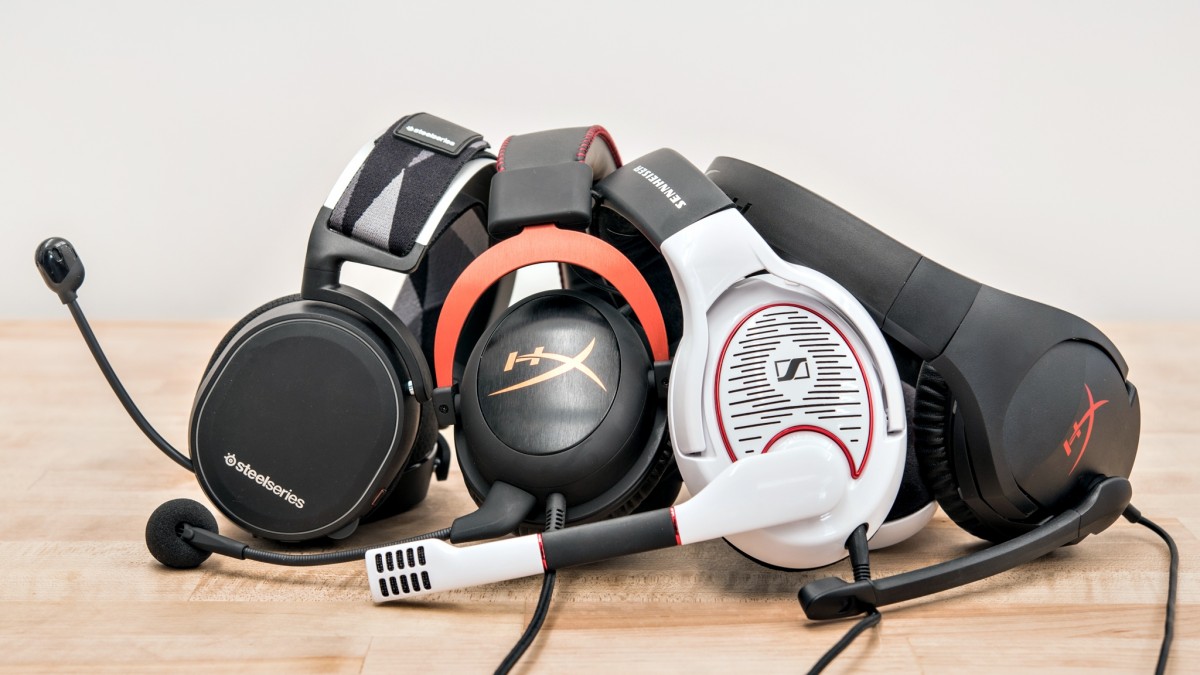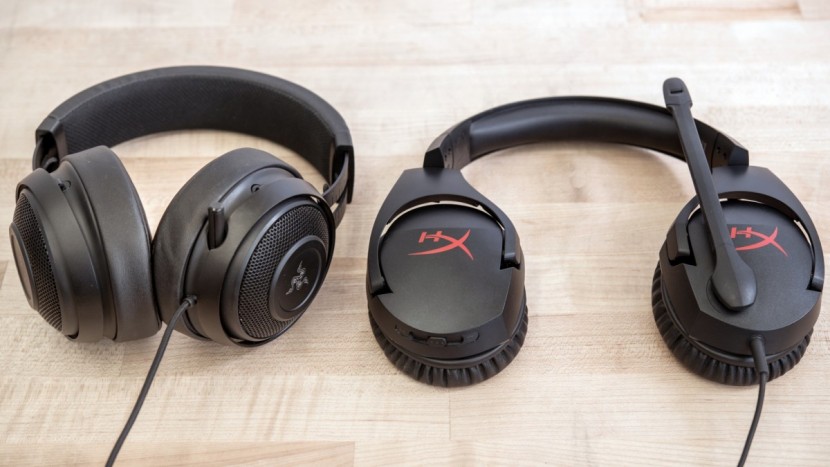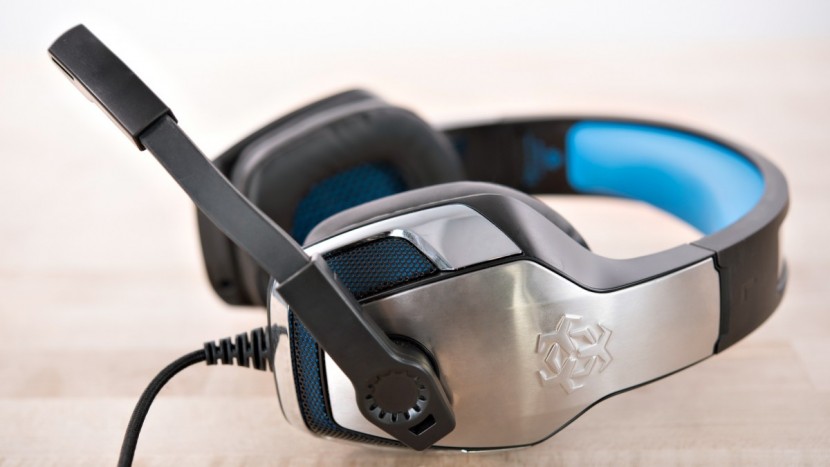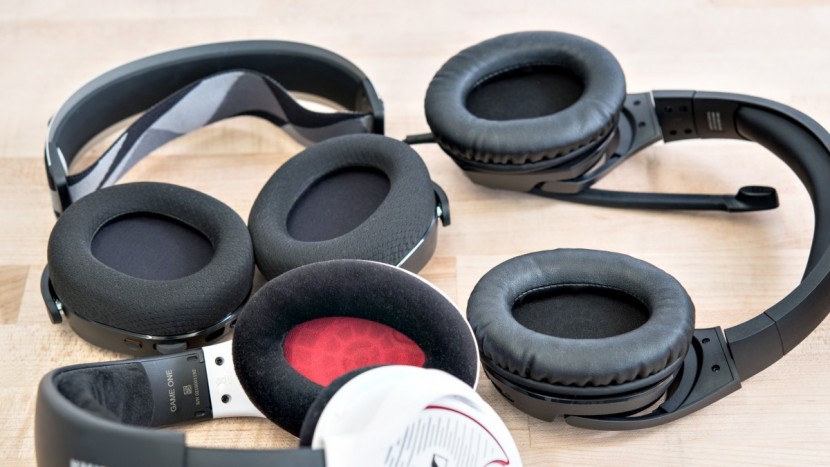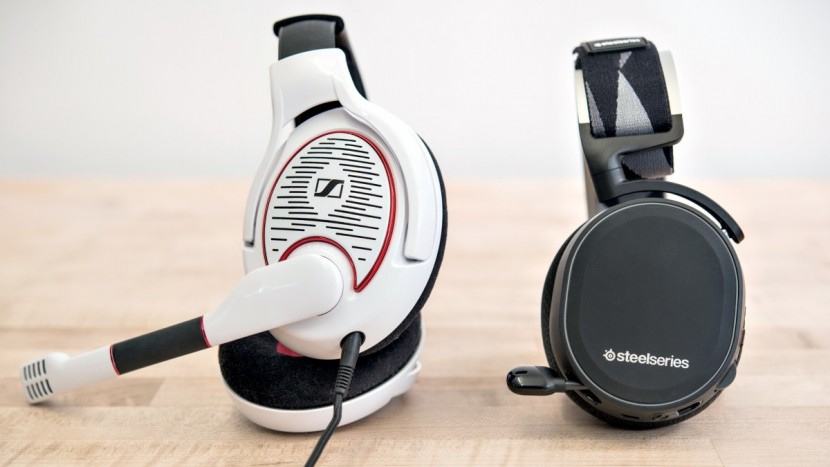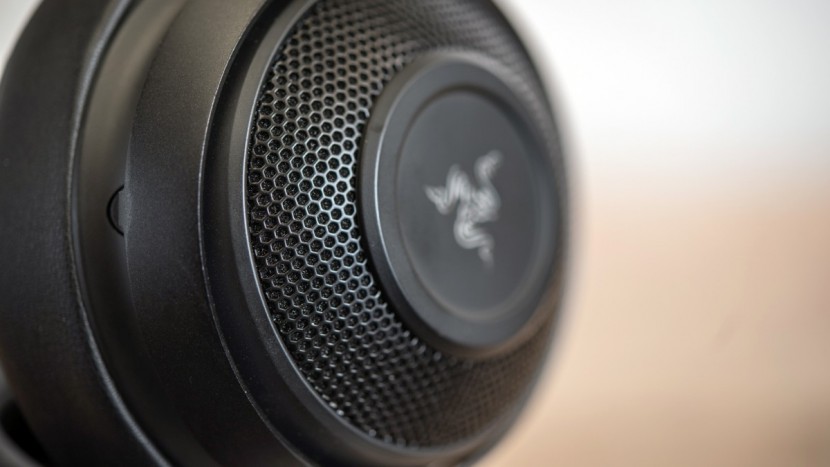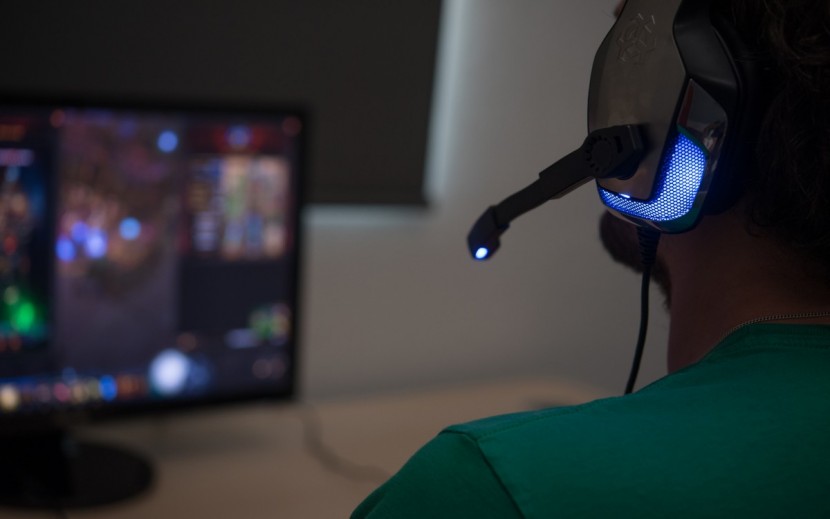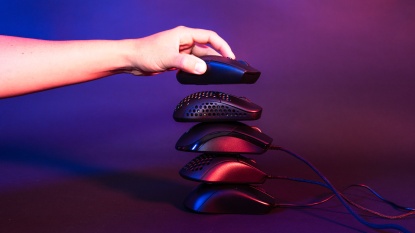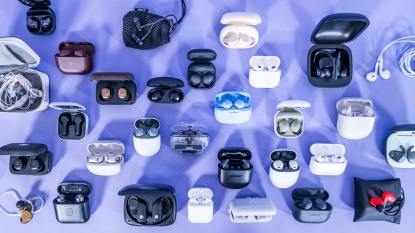Struggling to pick the perfect gaming headset? Wondering if you should stick with a wired model or make the jump to wireless? We break down the different types of headsets currently available and what the pros and cons of each type are. Keep reading to see what you should look for when shopping for a new model or if you already know exactly which type of headset you want to get, head straight for our comprehensive gaming headset review to see which products came out on top.
Step 1: Time to Cut the Cord?
Right off the bat, the most noticeable differentiating trait that divides gaming headsets is whether they are wired or wireless. We tested both in our review and found that we — along with the majority of other gamers that we talked to — vastly preferred a wired headset. However, there are some pros and cons to both.
Once you have them paired to your computer properly, wireless headsets are undeniably much more convenient to use than their wired brethren. The lack of a cord gives you total freedom to move around and even grab something a short distance away, all while hearing what is going on in your game or continuing your conversation in voice chat.
However, we found that all of the wireless models to be a bit pricier than many of their comparable corded counterparts, so you definitely are paying a bit more for the extra freedom a wireless model provides. More importantly, we also found the audio quality and microphone quality of the wireless headsets to be quite a bit inferior to the wired models, with each of the top three spots in both are microphone and sound quality tests being occupied by a wired model. Despite these drawbacks, a wireless model might be your only option if your gaming computer is set up in a way that you would need a prohibitively long cord or if you move around a ton while playing and hate being tethered by the cord.
Step 2: Comfort is King
While you might be content to put up with a pair of poorly-fitting earbuds for an hour or two while working out or taking transit, gaming headsets are meant to be worn for much longer periods of time — anywhere from a 3-4 hour session every few days for a casual user to 10+ hours a day for the most hardcore gamers — and ensuring that it fits your head comfortably is key to getting the most out of your new gaming headset and heading off any cranial distress. In fact, the set of assessments that make up our Comfort rating metric are worth the largest portion of the overall score — ahead of both microphone and sound quality — responsible for 40% of the total score for each product.
We have tried our best to have people with a wide variety of head and ear sizes try on each headset, but everyone's head and ears are different and nothing can come close to actually trying on a headset before you buy it. While we are confident that the headsets we found to be the most comfortable will be a great fit for most people, it's totally worth it to see if you can borrow a pair from a friend or try them on in a store for a fit test before committing. However, if this isn't possible, we would recommend purchasing your new headset from a retailer that has a liberal return policy, allowing you send it back if you find the ear cups are the wrong size or any deal-breaking pressure point.
First off, having ear cups that properly fit your ears is the first step in finding a comfortable headset. If you have ears that are more on the petite side, you are in luck, as this task becomes much easier and the majority of headsets should pass this first test, regardless if they have circular or oval-shaped ear cups. If you have larger ears, then you are definitely going to want to get oval-shaped cups, even if it costs a little bit more, as some models offer the option for both.
Additionally, we also found headsets that allowed the ear cups to both pivot and swivel to be far more comfortable than the ones that don't and we wouldn't recommend anyone purchase a headset that had fixed ear cups.
Finally, it's worth considering what the average temperature is in the room where you typically play. We found ear cups that used either velvet or a mesh fabric to get much less sweaty than the ones that used leatherette — something to consider for gamers in more hot and humid locales.
Additionally, you might want to consider open-backed ear cups, which provide even more ventilation when it is warm. However, these headset also let out game noise, so they can disturb anyone else who is in the room with you; On the flip side they could be the ones disturbing you.
Moving on from the ear cups, it's time to consider the headband. You want one that is just snug enough to keep the headset on your head when moving, but not so snug that it causes any sort of pressure or discomfort. You also want to make sure that is padded and again, the mesh or velvet fabric over the padding tended to get less sweaty and sticky than the leatherette. Finally, you want to make sure that the headband is adjustable, which most headsets have, to alight the ear cups properly with your ears.
Step 3: All About that Bass… or Not?
The soundtrack and sound effects can do almost as much as the visuals do when it comes to making you feel totally immersed in the game and you are going to want to find a headset that has the audio qualities to match your preferred games. For many that may be fans of first-person shooters on the noncompetitive side, those that want to hear the roar of their engines in a racing game, or those that want to hit the maximum level of terror in a horror game, then boosting the bass as much as possible is the name of the game — almost to the point where you might actually be rattling your skull. If this is the case, then you are going to want to look for a headset that has the largest drivers possible, which do a good job of getting that rumbling low-end without heavy distortion. You will also want to pay particular attention to products that scored well in our Bass Quality benchmarking test and exhibited little to no parasitic buzz.
If the highlight of your gaming experience is the rich orchestral soundtrack of games like Destiny 2 or if you are playing at such competitive levels that you need to hear every footstep from an enemy player, then you are going to want to look for a more neutral and balanced headset — one that does well at bass, treble, and mid-range without overly distorting any. Most soundtracks don't have accompanying vocals, so you can usually get away with a headset that doesn't have the best mid-range response without sacrificing too much.
If you want the whole package when it comes to audio, then you should definitely make sure that you select a headset that includes some basic mixing software, as several of them do.
These headsets give you the versatility to customize your audio experience to match your preferences for each game you play, whether you want to enjoy a game's amazing instrumental soundtrack or if you need to hear a pin drop or anyone else sneaking up on you.
Step 4: Searching for Style?
Finally, the last thing to consider is how the headset actually looks. If you usually play in a more social setting or if you stream on services like Twitch, by all means, get the flashiest and most stylish headset you can find, with the more LED's the better! Otherwise, it isn't really worth to place style over comfort, as most people won't ever actually see you wearing your headset.
Conclusion
At this point, we've hopefully helped you de-mystify gaming headsets in general and streamlined the task of purchasing a new one. Now, check out our full review (linked in the “You Might Also Like” section below) to see which brands and models are our absolute favorite and why or head on over to our How We Test article for a full explanation of how we scored these products and why! If you're looking to add a sweet new mouse to your gaming quiver, check out our review of gaming mice.

